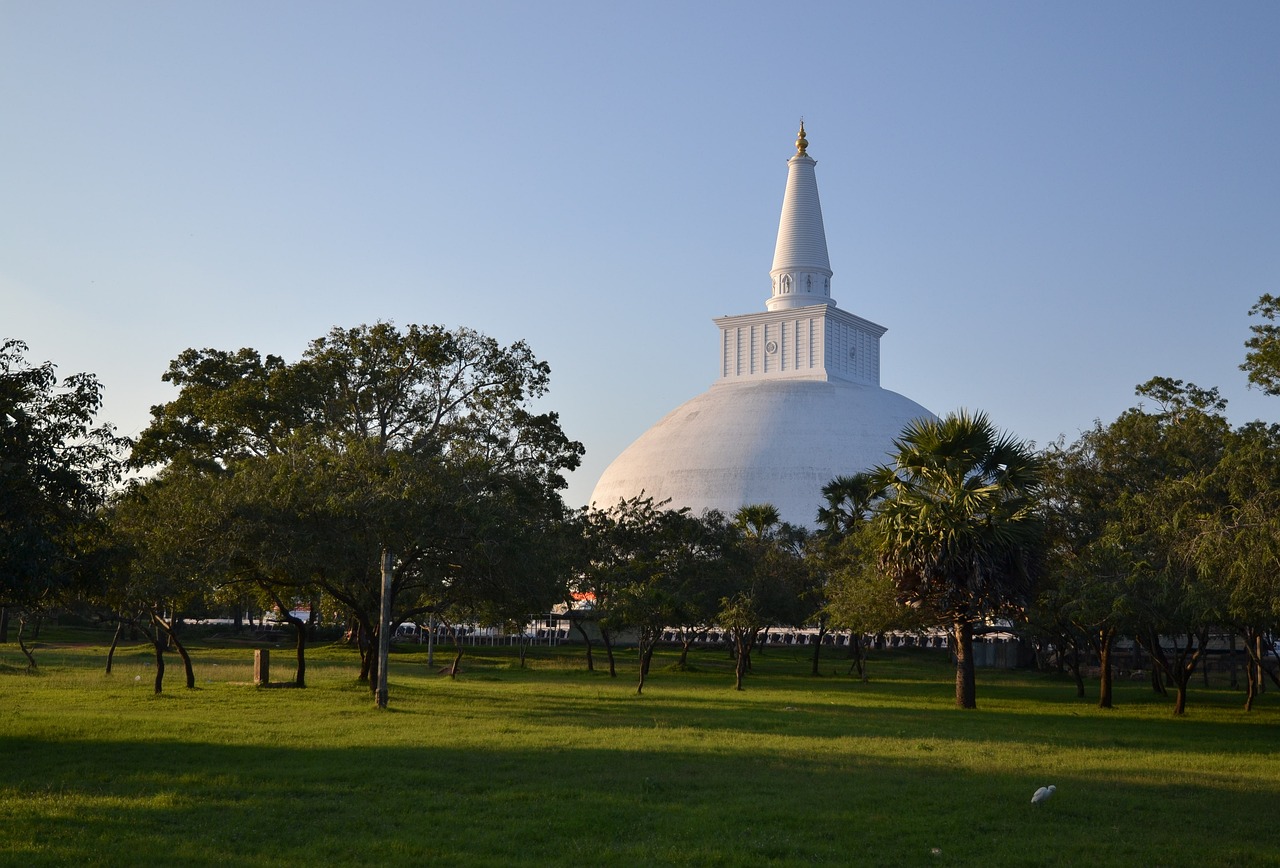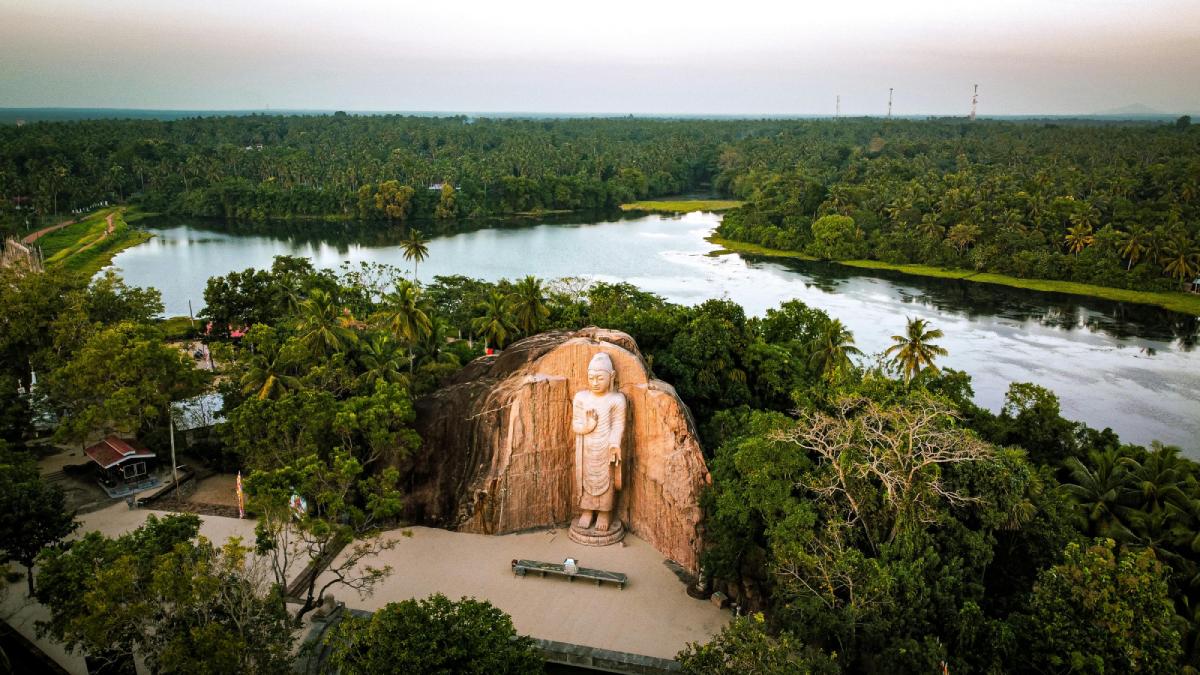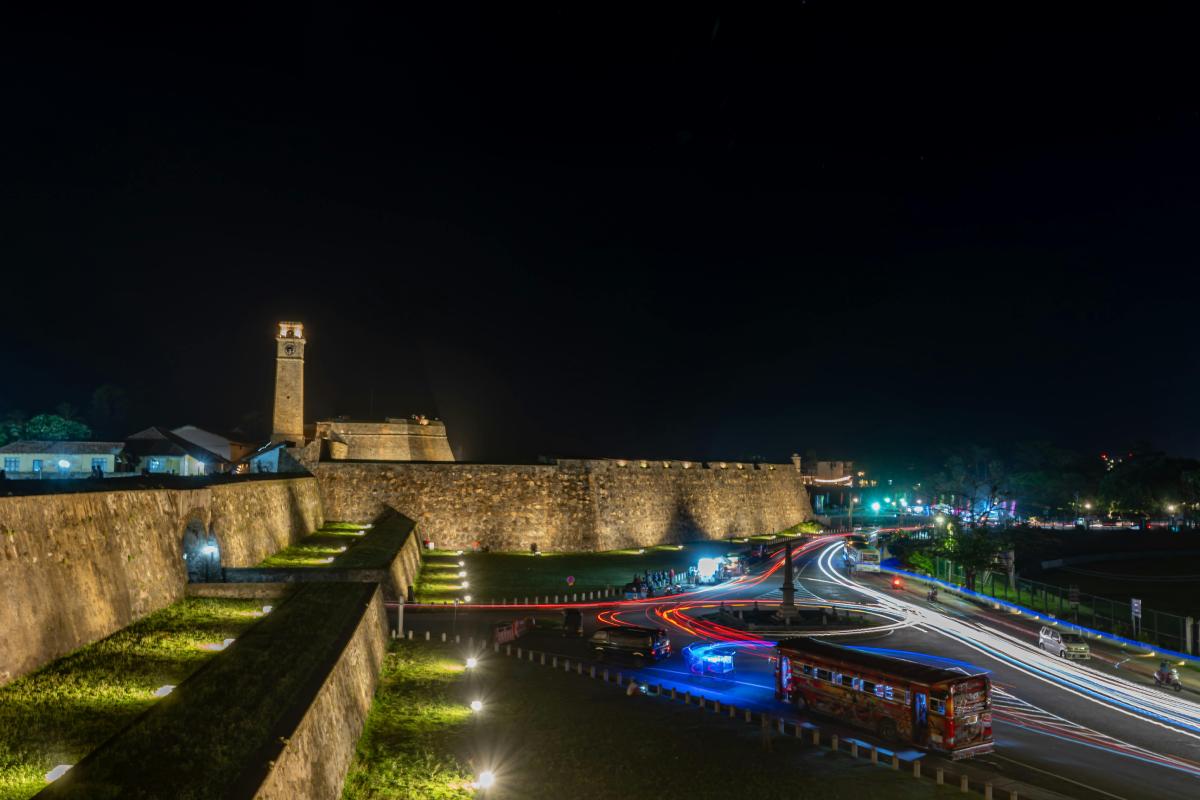The Anuradhapura Kingdom stands as one of South Asia’s most remarkable ancient civilizations, yet it remains relatively unknown to many outside academic circles. For nearly 1,500 years, this sophisticated society flourished on the island of Sri Lanka, leaving behind monumental architectural achievements, engineering marvels, and a rich cultural legacy that continues to influence Sri Lankan identity today.
Introduction to The Anuradhapura Kingdom
Origins and Foundation
The kingdom’s story begins around the 4th century BCE when Prince Vijaya, a North Indian prince, allegedly arrived on the shores of Sri Lanka with his followers. While this semi-legendary account serves as a foundational myth, archaeological evidence confirms early settlements in the area. The true establishment of Anuradhapura as a significant political center came under King Pandukabhaya (437-367 BCE), who transformed what was once a small village into a planned urban center.
However, it was King Devanampiya Tissa’s reign (307-267 BCE) that truly marked the kingdom’s historical turning point. The arrival of Buddhist monk Mahinda, son of the Indian Emperor Ashoka, brought Buddhism to the island—a momentous event that would permanently shape Sri Lankan culture and the Anuradhapura Kingdom’s development.
Golden Age and Achievements
As the first established kingdom of Sri Lanka, Anuradhapura quickly developed into a sophisticated civilization. The kingdom reached its zenith between the 3rd century BCE and 3rd century CE, though it would continue to thrive for several more centuries. During this golden age, Anuradhapura became renowned for several remarkable achievements:
Water Management Systems
Perhaps the most impressive technical accomplishment of Anuradhapura’s engineers was their intricate water management system. In a tropical climate with distinct wet and dry seasons, the kingdom developed an extensive network of reservoirs called “tanks” (wewa) and canals that collected monsoon rainfall and distributed it for year-round agricultural use.
The massive Abhayaweva, Tissaweva, and Basawakkulama reservoirs near the capital city were engineering marvels. Some of these ancient reservoirs remain functional even today, over 2,000 years after their construction. The crown jewel of this hydraulic system was the Jaya Ganga (Canal of Victory), a sophisticated 87-kilometer canal with a gradient of just one foot per mile—a remarkable feat of ancient precision engineering.
This hydraulic civilization supported a productive agricultural system based primarily on rice cultivation, allowing the kingdom to sustain a large population and produce surpluses that fueled trade and cultural development.
Architecture and Sacred Monuments
The Anuradhapura Kingdom expressed its spiritual devotion and political power through monumental architecture. The city was organized around three great monasteries: the Mahavihara, Abhayagiri, and Jetavanaramaya.
The kingdom’s most iconic structures are its stupas (dagobas), massive bell-shaped monuments containing Buddhist relics. The Ruwanwelisaya stupa, commissioned by King Dutugemunu in the 2nd century BCE, stands 103 meters tall with a circumference of 290 meters. The Jetavanaramaya stupa, built in the 3rd century CE, was the third-tallest structure in the ancient world at 122 meters, surpassed only by two Egyptian pyramids.
These stupas required sophisticated knowledge of structural engineering, material science, and construction techniques. The brick manufacturing and laying methods used were so precise that in some structures, the mortar between bricks is thinner than a human hair, creating structures of remarkable durability.
The kingdom also produced exceptional stone carving, with the Samadhi Buddha statue (4th century CE) representing one of the finest examples of ancient Sri Lankan sculpture. The Twin Ponds (Kuttam Pokuna) showcase the civilization’s mastery of aesthetic and functional design in hydraulic architecture.
Social and Political Organization
The kingdom operated under a sophisticated political system centered on the monarch but incorporating various administrative divisions. The king served as the central authority, combining political, military, and religious roles. Below him, a hierarchy of officials managed regions, collecting taxes and administering justice.
Anuradhapura society was stratified, with distinct social roles including royalty, clergy, farmers, artisans, and traders. The Buddhist sangha (monastic community) played a crucial role not just in religious life but in education, cultural preservation, and sometimes even political affairs.
Cultural and Religious Life
Buddhism became the defining feature of Anuradhapura culture after its introduction. The kingdom zealously preserved Theravada Buddhist teachings, with the Mahavihara monastery becoming a center for orthodox Buddhist learning. The sacred Bodhi tree in Anuradhapura, grown from a cutting of the original tree under which the Buddha gained enlightenment, remains the oldest historically authenticated tree in the world.
While Buddhism dominated, the kingdom demonstrated religious tolerance. Hindu influences are evident in art and architecture, and various deities were incorporated into local practice. This religious syncretism characterized much of the kingdom’s history.
Anuradhapura became a center for Buddhist scholarship, attracting monks and scholars from across Asia. Chinese pilgrim Fa-Hien, who visited in the 5th century CE, described a prosperous city with thousands of monks and impressive monuments. The kingdom maintained strong cultural and diplomatic ties with other Buddhist centers, particularly in India and Southeast Asia.
Art flourished under royal patronage, with distinctive styles developing in sculpture, painting, and decorative arts. The Sigiriya frescoes, though slightly later than Anuradhapura’s peak, represent the artistic traditions that developed during this period.
International Relations and Trade
Contrary to assumptions that ancient Sri Lanka was isolated, the Anuradhapura Kingdom maintained extensive trade networks that stretched from Rome to China. The island’s strategic position in the Indian Ocean made it a natural trading hub.
The kingdom exported precious gems, pearls, elephants, and spices, while importing luxury goods, textiles, and horses. Archaeological discoveries of Roman coins, Chinese ceramics, and Persian artifacts testify to these far-reaching connections. The famous Pompeii Lakshmi, a small ivory statuette found in the ruins of Pompeii, is believed to have originated from Sri Lanka, demonstrating trade links with the Roman Empire.
Diplomatic relations were particularly strong with China and various Indian kingdoms. Chinese historical records mention several diplomatic missions to and from Anuradhapura between the 3rd and 8th centuries CE.
Challenges and Conflicts
Despite its achievements, the kingdom faced numerous challenges throughout its long history. Internal succession disputes were common, with power sometimes changing hands violently. The kingdom also experienced threats from South Indian kingdoms, particularly the Cholas and Pandyas.
One of the most significant events was the invasion by the Tamil king Elara in the 2nd century BCE, who ruled for 44 years before being defeated by the Sinhalese hero-king Dutugemunu. This conflict has become a central narrative in Sri Lankan historical memory.
Religious tensions occasionally emerged between different Buddhist sects, particularly between the orthodox Mahavihara and the more liberal Abhayagiri monastery, which was open to Mahayana influences.
Decline and Legacy
After nearly 1,500 years, the Anuradhapura period came to an end following a devastating invasion by the Chola dynasty from South India in 993 CE. The city was abandoned, and the capital relocated to Polonnaruwa. While the kingdom fell, its cultural and religious traditions continued to shape Sri Lankan society.
Today, Anuradhapura is a UNESCO World Heritage site and remains a place of living Buddhist worship. Its ancient reservoirs still provide water for agriculture, and its architectural principles continue to influence modern Sri Lankan design.
The kingdom’s legacy extends beyond physical monuments. The historical chronicles compiled during this period, particularly the Mahavamsa and Dipavamsa, are foundational texts in Sri Lankan history and continue to influence national identity. The Anuradhapura period is often seen as a golden age in Sri Lankan collective memory, symbolizing indigenous achievement, Buddhist devotion, and technological innovation.
Contemporary Significance
The remains of Anuradhapura continue to yield archaeological discoveries that enhance our understanding of ancient South Asian civilizations. Recent research has focused on urban planning, metallurgical techniques, and environmental adaptations that allowed this civilization to thrive for so long.
For modern Sri Lankans, Anuradhapura represents a cultural touchstone—a symbol of national achievement and identity. The site attracts both pilgrims and tourists, serving simultaneously as a religious center and historical attraction.
The kingdom’s water management techniques have garnered renewed interest amid contemporary concerns about sustainable agriculture and climate change adaptation. Engineers and hydrologists study the ancient systems for insights that might be applied to modern water conservation challenges.
Conclusion
The Anuradhapura Kingdom represents one of history’s most enduring civilizations—a society that flourished for nearly 1,500 years through a remarkable combination of technical innovation, cultural sophistication, and religious devotion. Its achievements in hydraulic engineering, monumental architecture, and urban planning rival those of better-known ancient civilizations.
As archaeological research continues to uncover new details about this remarkable kingdom, our appreciation for its accomplishments only deepens. The Anuradhapura civilization stands as a testament to human ingenuity and the capacity to create sustainable societies that harmonize technological achievement with cultural and spiritual development.
In an age when sustainability has become a global concern, the Anuradhapura Kingdom’s mastery of water management and sustainable agriculture offers valuable historical lessons. This ancient Sri Lankan civilization reminds us that technological sophistication and environmental harmony are not mutually exclusive—a timely message for our contemporary world.


